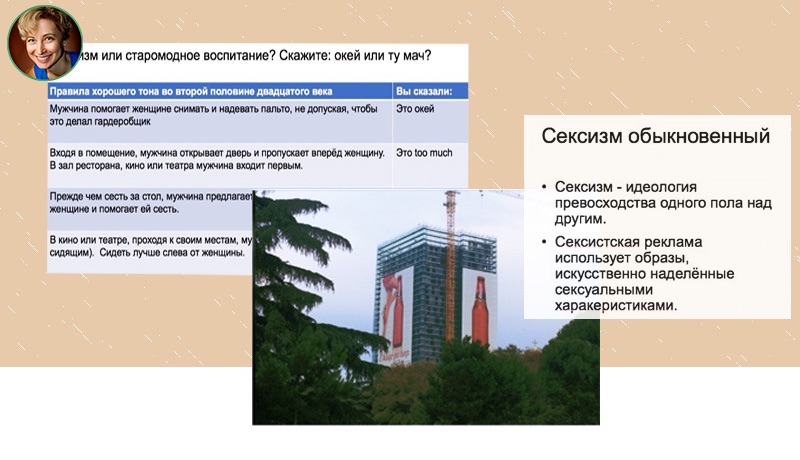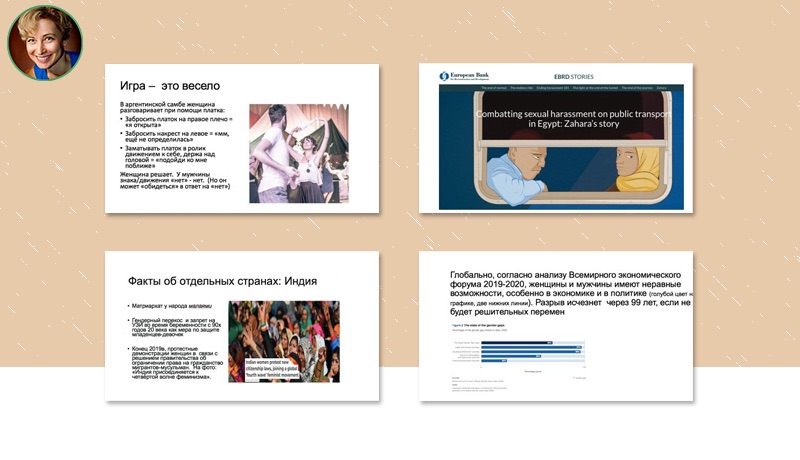The other in 2020, too far or too close
The pandemic cast a new light on issues concerning the relations between children, their parents and their grandparents. Some families spent several months together in an almost enclosed space while others had to overcome new obstacles visiting each other’s homes. On the one hand, the risk of death became a topical issue: “Grandad, am I dangerous to you because I can infect you? Does that mean I can kill you? Me, kill you?”
Families in general were considerate about their elders: “I am going to the playground, okay?” – “No, you cannot” – “Why not, Mum?” – “I already explained: you’ll get infected, then you get over it without realizing and then Grandma will get it from you, and then no one knows how it’ll end”.
On the other hand, the isolation and the stress of economic and social uncertainty lead to a growth of violence in families and homes.
Growing tensions
In Russia, domestic violence cases increased two and a half times: women of all ages suffered from physical abuse from their partners, children and grandchildren.
The situation is aggravated by the absence of a law, which could protect victims and prevent beatings, and by dismissive attitudes from the society’s larger part towards these issues seen as private and therefore hardly possible to regulate.
Drafts of the law have been discussed, critiqued and revised for several years in both houses of the Russian parliament but a consensus is still a dim light in the end of the tunnel.
The bill is very much about human rights, a difficult and complex discussion, especially after recently adopted amendment to the Russian Constitution, which states that family can only be started by biological man and biological woman.
What can I do?
Social inequalities, which only got worse during the pandemic, should be noted, discussed and addressed.
A starting point is probably a more intense dialogue between different groups in society, and between different generations in one family.
My tribute to this dialogue is this course I put together, on gender issues and feminism, which is based on my own studies, observations and conversations I had working and traveling in Europe, the US and Northern Africa.
Below I share the synopsis and some impressions from the first 10 pilot sessions.
What’s next?
Some of the conclusions from the pilot sessions are as follows: (1) the course is 15+, (2) proposing hypothesis and polling helps to engage participants, (3) next time I do such a course, I would like to do-lead each session with one of the participants, so that each of them tries to wear a hat of presenter and discussion mediator.
I will continue my own studies of gender issues as I am going to work for more international projects aimed at financial inclusion of women and development of entrepreneurship.
At the same time, I am looking for partners to continue with the course. Helping teenagers and their parents to see through stereotypes, develop sensitivity to discrimination, see “the other” not as enemy but as an opponent is a fascinating task, and much needed in Russia today.
Power and Authority, in Families and in Countries (first discussion)
Topics:
- Types of family known in history
- Russian “Domostroi”, the XVI-century book and the word ‘domostroi’ in modern Russian language
- The matriarchy of North American Indians and New Zealand Maori tribes
- One hundred years anniversary of the Nineteenth Amendment to the US Constitution
- Electoral law for women in different countries: dates, facts, dramas
- Women Suffrage: an interactive map
- Dismissive attitudes to suffragettes a hundred years ago, to feminists in Russia today
- Contemporary Russian art’s response to the problem of domestic violence
- The Russian draft law on domestic violence, the disputes around it.

After-Session Notes:
- Andrey who lives in the US since his early childhood, have not heard the word ‘domostroi’ while Russia-based participants only knew that the word described a tradition of subordination to father’s authority in the family, or an emotional pressure put on family members; they did not know about “Domostroi”-the-book.
- All participants said that in their households most decisions are taken by both parents and domestic work is either shared or ‘outsourced’.
Beauty and Human Body as an Object and a Commodity (second discussion)
Topics:
- Beauty and women’s freedom in the three different waves of feminism
- Gloria Steinem, exposé of the “Playboy” empire
- Naomi Wolf on inequality in regard to bodies in “The Myth of Beauty”
- “Masculinity”, exhibition in Barbican Centre, London, 2020
- “Cannon fodder,” vulnerability of the female, the male, the human
- “Bodyshaming”
- “Harassment” – how to detect it, without going to extremes.

Post-Session Notes (O tempora, o mores):
- Some forty years ago, Russian mothers would give their sons pocket money saying: if a boy like you invites a girl to go watch a film, he buys her a ticket and tan ice-cream… Something not so common these days but still possible to imagine in Russia.
- We went through certain rules of politeness prescribed to men in mid XX century, and only one rule was qualified by 14-16 year Russian participants as an “okey”, acceptable one: “man should help woman with her coat not letting a cloakroom assistant to do it”. As for “entering a room, man gives way to woman”, “in a restaurant, theatre or cinema it is man who enters first” – these rules seemed “too much”.
Professions and Occupations (third meeting)
Topics:
- The pay gap and the glass ceiling
- Childcare leave in different countries
- Sheryl Sandberg’s “Lean In” initiative – is this feminism?
- Women and programming, women and STEM
- Intellectual abilities, biological differences, imposed roles
- Is it necessary to teach exact sciences differently to girls?
- List of professions banned for women in Russia
- Discrimination of women or discrimination of men?

Post-Session Notes. “Myths and reality” discussion (the slide above):
- In general, participants managed to diverge the myths and the facts: “girls, in general, are more inclined to communicate” – false, “girls lack motivation for achievement: – false, “there are more boys than girls talented in maths” – true, “there are more autistic boys than girls; autism often goes hand in hand with outstanding abilities in maths” – true; “boys are more visual and girls listen better” – false, etc.
Health, Medical Care, Sports, the fourth discussion
Topics:
- Wars, violence, abuse of power as a threat to the fragile – and to all of us
- Art’s response: E. Degas’s Little Dancer of Fourteen Years, D. Hearst’s Damned War
- Violence beside wars: the UN projects in countries where FGM is practised
- International initiatives supporting women and girls in war and post-war zones
- “Our Bodies, Ourselves,” a book for several generations of girls in the US
- Russian example of an informal initiative: Schools for Dads
- Medicine and pharmacology: voices of protest against standard solutions
- Sports: struggle for equal opportunities

Post-Session Notes:
- With 12-13 year old participants we did not discuss FMG, female genital mutilation. However, the subject was uncomfortable to talk about in a second, older group as well, although I promised from the very beginning that we would balance the difficult topic with some fun stories about sports and mountain climbing. This is just another reminder of how difficult it must be to fight the cruel traditions of female genital mutilation in patriarchal societies: men just do not want to know the details.
- Comparing girls and boys in sports was the most exciting part for Keira and Mikhail as she is in girls’ ice hockey team, and he is a keen tennis player. “Men give out more when they play” – “No, women give out more, because they have to prove they are good enough, not worse than men…”
All different, all equal. International research and gender equality ratings, our fifth, final discussion
Topics:
- The complex impact of religion and traditions
- Understanding diversity through culture
- Gender issues in politics
- International project fighting harassment in Egypt
- World Economic Forum Gender Equality Index 2019-2020
- Examples of China, India, Russia – what defines place in ratings?
- Importance of gender disaggregated data
- Women rights are human rights. “Until we are all free, no one is free”

Post-session notes:
- Not only participants but I myself did not know, before I started to prepare the course, that in India, China and in the Northern Caucasus republics, Russia selective abortions were common. In India, the governments even put a ban on prenatal ultrasound research, in order to try to restore gender balance in the country.
- Comparison of countries and looking into the logic of ratings was an insightful experience.

